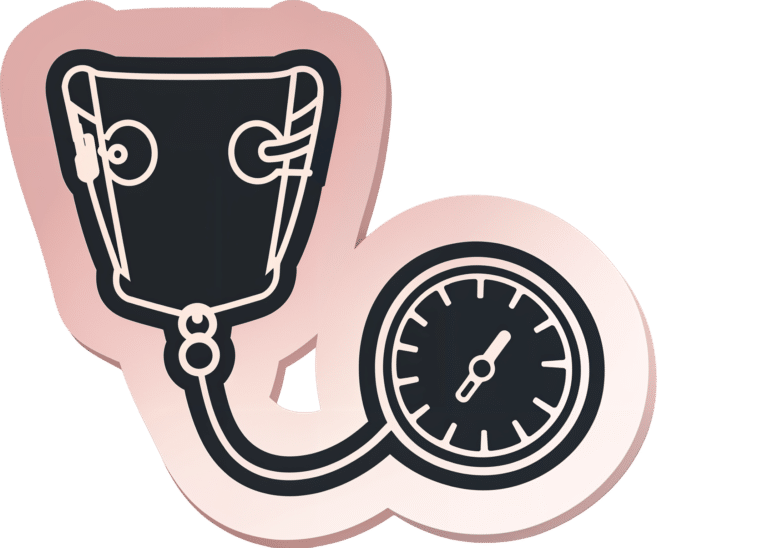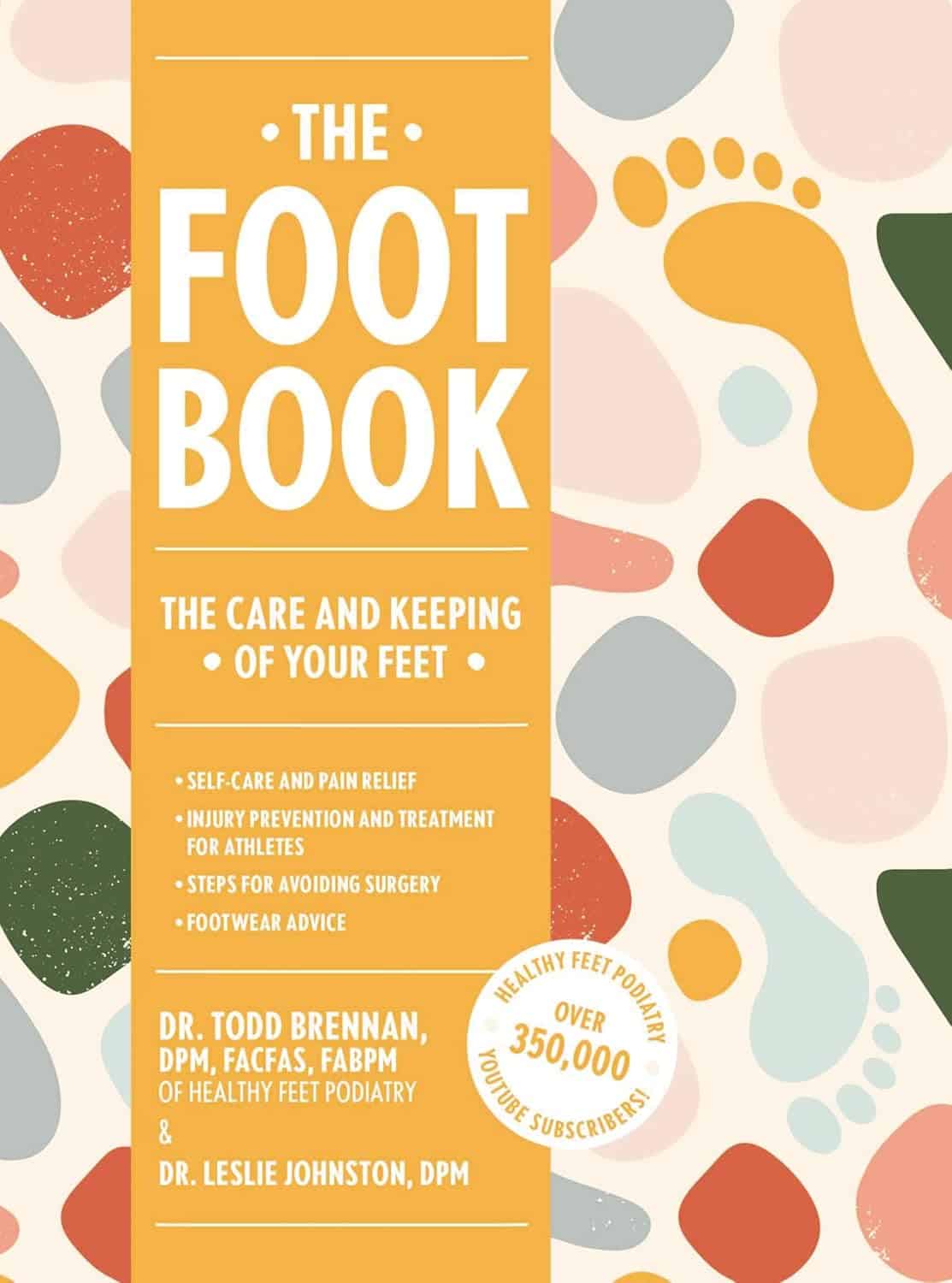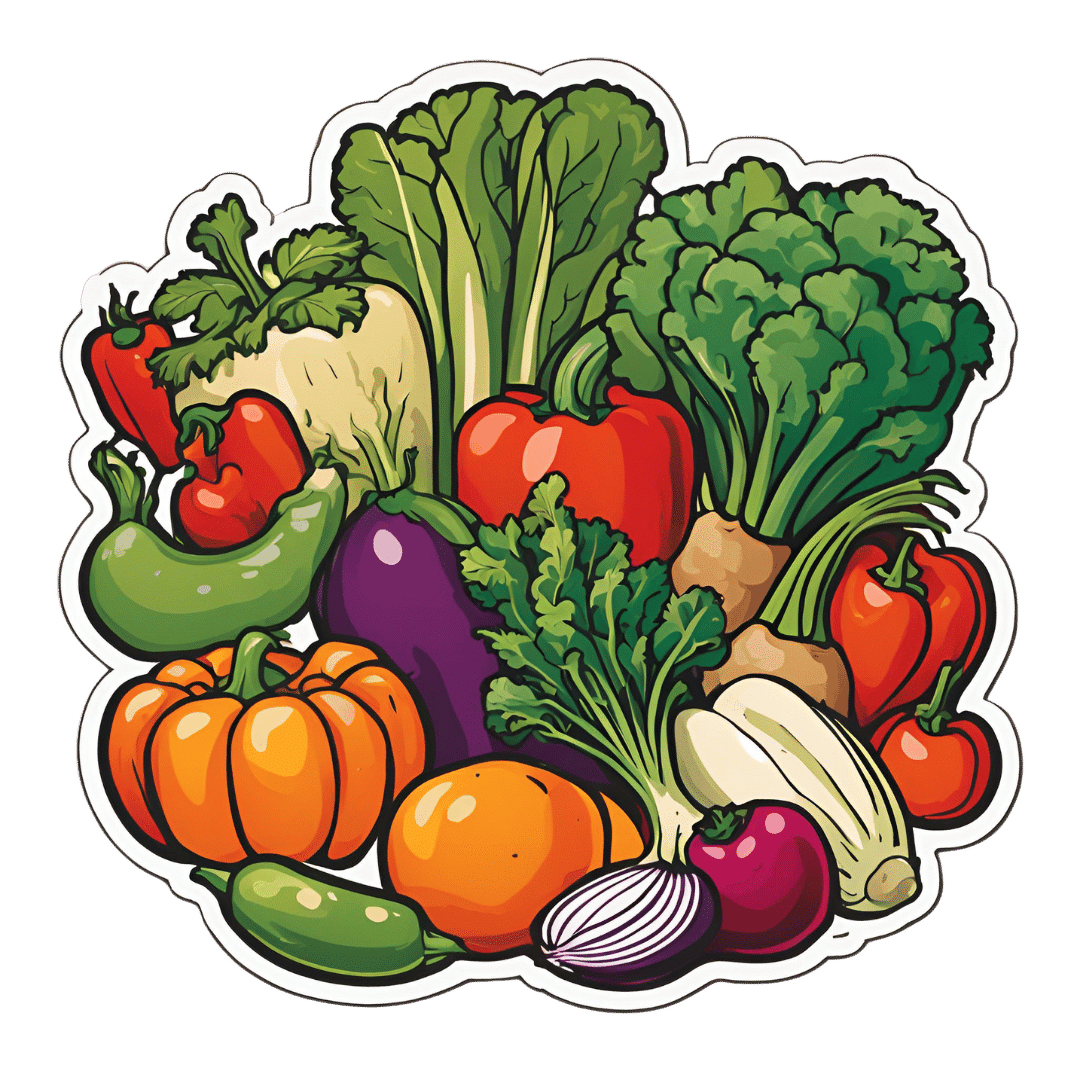
Astrology, Mental health and the Economics of Well Being
10almonds is reader-supported. We may, at no cost to you, receive a portion of sales if you purchase a product through a link in this article.
Ultimately can the mental health system single-handedly address the concerns of inequality and economic access in society?
Around 75 per cent of the Indian population lives in rural areas, but their access to quality mental health care is limited and traditional approaches continue to be in use. The shortage is to such a large extent that there are only 0.7 physicians per 1000 population and only one psychiatrist for every 343,000 Indians. While over the years the mental health sector has seen major developments, like the 2017 mental health care act. This act establishes equal access for all citizens, to avail government-run or funded mental health services in the country. However, it does not bridge the gap in society as the majority of the population remains deeply unaware or unable to access these services.
While the uncertainties of the pandemic brought mental wellbeing to the forefront, the national budget for the sector dropped, making this an issue of human rights. This accessibility to services is further corroborated by the recurring financial expenses of medications and frequent visits to government clinics. The cost of sessions is steep and a single session is not ideal. Spending exorbitant amounts on healthcare is a burden most families can’t afford leading to debt. In the absence of insurance and healthcare schemes and provisions, therapy remains a luxury to many Indians.
Economic struggles are only one of the causes of this discerning gap in the mental health sector. Barriers caused by sexuality, gender, caste and religion also play a major role in mediating people’s perception and access to therapeutic services. The persistent stigma surrounding mental health, especially in India continues to be a hindrance to seeking help. The supernatural inhibitions and disparity in knowledge across communities only create more confusion. The notion that mental well being is an optional expense is popular, even though the country’s population is in a dire state. Data collected in a WHO report found that nearly 15 per cent of Indian adults need active intervention for one or more mental health issues.
The population disregards the very prevalence of such mental disorders and more than often finds it fruitless to receive treatment. Some who are open-minded fail to afford the hiked fees that therapists in urban settings charge, leaving them with no option. While for years Indians attributed the systemic weakness of the mental health system to the people’s attitudes, a 2016 survey showed more than 42% of people have positive attitudes toward mental wellbeing and treatment. While the skeptics remain, these underprivileged sections of society too struggle to gain the accessibility they deserve.
This is where astrology, tarot card reading and other spiritual practices, have created a market for themselves in the well-being industry. The sceptics, and those from poor socio-economic backgrounds resort to these local and easily accessible ways of coping, to instil the faith they so desperately need. Astrology is a layman’s substitute for therapy, or for some even a supplement when they cannot afford extended periods of treatment. Visiting a local astrologer in many ways breeds the self-awareness one would expect from a session in therapy. These practices even hold certain similarities to actual psychotherapy settings, in the way they define, and alleviate aspects of one’s personality and behaviour.
Very often one simply needs an explanation, or an answer to the ‘why’ no matter how scientifically rooted that response truly is. Astrologers impart a level of faith, that things will get better. For those in rural areas, struggling to provide the bare necessities to their family affording therapy is impossible, so their local psychic, astrologer or pandit becomes their anchor during emotional duress. Tarot cards and other practices primarily focus on the future and act as a guide point for how to deal with the things ahead. For a farmer coping with anxiety, access to anti-anxiety medication is strained, and so is therapy. His best bet remains to consult his next-door jyotish about his burdens.
A famous clinician Caroline Hexdall in an interview said that “ Part of the popularity of astrology and tarot today has to do with their universal nature”. With growing technology and the pervasiveness of social media, people can gain easy access to self-care and astrology resources. Apps and web pages provide daily tarot cards, zodiac signs readings and astrological predictions for people, and almost serve the purpose of a therapist. Is reading the lines on our palm, and checking the alignment of the stars enough to cure the mental illness they undergo? Is it a solution or a quick fix as a consequence of an ignorant healthcare system?
Several studies have also shown the deteriorating effects of depending on astrology. Cases of worsening and onset of depression, anxiety and personality disorders are common for those who use astrology as more than just a temporary coping mechanism. It also becomes a source of losing control, as every feeling is attributed to fate and destiny, instilling a sense of helplessness. Ultimately can the mental health system single-handedly address the concerns of inequality and economic access in society?
Maahira Jain is a third-year student at Ashoka University studying Psychology and Media studies. She is a movie buff and is extremely passionate about writing and traveling.
This article is republished from OpenAxis under a Creative Commons license. Read the original article.
Don’t Forget…
Did you arrive here from our newsletter? Don’t forget to return to the email to continue learning!
Recommended
Learn to Age Gracefully
Join the 98k+ American women taking control of their health & aging with our 100% free (and fun!) daily emails:
-
Tips for Avoiding PFAs
10almonds is reader-supported. We may, at no cost to you, receive a portion of sales if you purchase a product through a link in this article.
It’s Q&A Day at 10almonds!
Have a question or a request? You can always hit “reply” to any of our emails, or use the feedback widget at the bottom!
In cases where we’ve already covered something, we might link to what we wrote before, but will always be happy to revisit any of our topics again in the future too—there’s always more to say!
As ever: if the question/request can be answered briefly, we’ll do it here in our Q&A Thursday edition. If not, we’ll make a main feature of it shortly afterwards!
So, no question/request too big or small
❝Hi, do you have anything helpful on avoiding PFAs?❞
PFAS, or perfluoroalkyl and polyfluoroalkyl substances, are “forever chemicals” made specifically to avoid degradation of industrial and chemical products. Which is great for providing stain and water resistance, but not so great for our bodies or the environment.
To go into all the harms they cause would take a main feature (maybe we will, one of these days), but suffice it to say, they’re not good, and range from cancer and insulin resistance to hypertension and reduced immune response.
To answer your question in a nutshell, avoiding them completely would be almost impossible, but we can reduce our exposure a lot by avoiding single-use food/drink products that have been waterproofed, e.g. paper/bamboo straws, utensils, cups, dishes, take-out containers, etc.
Also, anything advertised as “stain-resistant” that you suspect should be quite stainable by nature, is probably good to avoid too.
For more detailed information than we have room for here today, here’s a helpful overview:
Share This Post
-
Exhausted To Energized – by Dr. Libby Weaver
10almonds is reader-supported. We may, at no cost to you, receive a portion of sales if you purchase a product through a link in this article.
There are very many possible causes of low energy; some are obvious; some are not.
Dr. Weaver goes through a comprehensive list that goes beyond the common, to encompass also the “not rare” options—how to test for them where appropriate, and how to improve/fix them where appropriate.
Thus, she talks us through the marvels of mitochondria (including how to keep them happy and healthy and how to promote the generation of new ones), antioxidant defense mechanisms, coenzyme Q10 and friends, B vitamins of various kinds, macronutrients, the autonomic nervous system, sleep and its many factors, blood oxygenation, digestive issues, what’s going on in the spleen, the gallbladder, the liver, the kidneys, the adrenal glands, our thyroid goings-on in all its multifarious wonders, minerals like iodine, iron, magnesium, zinc, our epigenetic factors, and even psychological considerations ranging from stress to grief. In short—and we have shortened the list to pick out particularly salient points—quite a comprehensive rundown of the human body to make your human body less run-down.
The style is on the very readable pop-science, and/but she does bring her professional knowledge to bear on topic (her doctorate is a PhD in biochemistry, and it shows; a lot of explanations come from that angle).
Bottom line: if you are often exhausted and would rather be energized, this this book almost certainly address at least a couple of things you probably haven’t considered—and even just one would make it worthwhile.
Click here to check out Exhausted To Energized, go from exhausted to energized!
Share This Post
-
The Foot Book – by Dr. Todd Brennan & Dr. Leslie Johnston
10almonds is reader-supported. We may, at no cost to you, receive a portion of sales if you purchase a product through a link in this article.
This book really is what the subtitle claims it to be: “everything you need to know to take care of your feet”.
Arthritis, bunions, corns, diabetes, eczema, fungus, gout, heel pain, ingrown toenails, joint issues, and that’s just one item for each of the first 10 letters of the alphabet.
There’s a lot in here; the point is that it covers everything from the “serious” to the “cosmetic”, so whether you want to be a foot model for an expensive perfume company or just want to walk without pain, the answer is probably in here.
The goal of this book is to be comprehensive like that, and also with an open agenda to educate the world as to what it actually is that podiatrists do (hint: their years of medical school and further training in residency are not just so that they can trim toenails nicely).
The style is very light and readable, as one might expect from a pair of doctors with many years of experience of explaining exactly these things to patients every day.
Bottom line: if you have feet and would like them to be/remain in good condition, this book is an invaluable resource!
Click here to check out The Foot Book, and take good care of yours!
Share This Post
Related Posts
-
Make Your Vegetables Work Better Nutritionally
10almonds is reader-supported. We may, at no cost to you, receive a portion of sales if you purchase a product through a link in this article.
Most people know that boiling vegetables to death is generally not best for them, but raw isn’t always best either, and if we want to not sabotage our food, then there’s more to bear in mind than “just steam them, then”.
So, what should we keep in mind?
Water solubility
Many nutrients are water-soluble, including vitamin C, vitamin B-complex (as in, the collection of B-vitamins), and flavonoids, as well as many other polyphenols.
This means that if you cook your vegetables (which includes beans, lentils, etc) in water, a lot of the nutrients will go into the water, and be lost if you then drain that.
There are, thus, options;
- Steaming, yes
- Use just enough water to slow-cook or pressure-cook things that are suitable for slow-cooking, or pressure-cooking such as those beans and lentils. That way, when it’s done, there’s no excess water to drain, and all the nutrients are still in situ.
- Use as much water as you like, but then keep the excess water to make a soup, sauce, or broth.
- Use a cooking method other than water, where appropriate. For example, roasting peppers is a much better idea than roasting dried pulses.
- Consume raw, where appropriate.
Fat solubility
Many nutrients are fat-soluble, including vitamins A, D, E, and K, as well as a lot of carotenoids (including heavy-hitters lycopene and β-carotene) and many other polyphenols.
We’re now going to offer almost the opposite advice to that we had about water solubility. This is because unless they are dried, vegetables already contain water, whereas many contain only trace amounts of fat. Consequently, the advice this time is to add fat.
There are options:
- Cook with a modest amount of your favorite healthy cooking oil (our general go-to is extra-virgin olive oil, but avocado oil is great especially for higher temperature cooking, and an argument can be made for coconut oil sometimes)
- Remember that this goes for roasting, too. Brush those vegetables with a touch of olive oil, and not only will they be delicious, they’ll be more nutritious, too.
- Drizzle some the the above, if you’re serving things raw and it’s appropriate. This goes also for things like salads, so dress them!
- Enjoy your vegetables alongside healthy fatty foods such as nuts and seeds (or fatty animal products, if you eat those; fatty fish is a fine option here, in moderation, as are eggs, or fermented dairy products).
For a deeper understanding: Can Saturated Fats Be Healthy?
Do not, however, deep-fry your foods unless it’s really necessary and then only for an occasional indulgence that you simply accept will be unhealthy. Not only is deep-frying terrible for the health in a host of ways (ranging from an excess of oil in the resultant food, to acrylamide, to creating Advanced Glycation End-products*), but also those fat-soluble nutrients? Guess where they’ll go. And unlike with the excess vegetable-cooking water that you can turn into soup or whatever, we obviously can’t recommend doing that with deep-fryer oil.
*see also: Are You Eating AGEs?
Temperature sensitivity
Many nutrients are sensitive to temperature, including vitamin C (breaks down when exposed to high temperatures) and carotenoids (are released when exposed to higher temperatures). Another special case is ergothioneine, “the longevity vitamin” that’s not a vitamin, found in mushrooms, which is also much more bioavailable when cooked.
So, if you’re eating something for vitamin C, then raw is best if that’s a reasonable option.
And if it’s not a reasonable option? Well, then you can either a) just cope with the fact it’s going to have less vitamin C in it, or b) cook it as gently and briefly as reasonably possible.
On the other hand, if you’re eating something for carotenoids (especially including lycopene and β-carotene), or ergothioneine, then cooked is best.
Additionally, if your food is high in oxalates (such as spinach), and you don’t want it to be (for example because you have kidney problems, which oxalates can exacerbate, or would like to get more calcium out of the spinach and into your body, which which oxalic acid would inhibit), then cooked is best, as it breaks down the oxalates.
Same goes for phytates, another “anti-nutrient” found in some whole grains (such as rice and wheat); cooking breaks it down, therefore cooked is best.
This latter is not, however, applicable in the case of brown rice protein powder, for those who enjoy that—because phytates aren’t found in the part of the rice that’s extracted to make that.
And as for brown rice itself? Does contain phytates… Which can be reduced by soaking and heating, preferably both, to the point that the nutritional value is better than it would have been had there not been phytic acid present in the first place; in other words: cooked is best.
You may be wondering: “who is eating rice raw?” and the answer is: people using rice flour.
See: Brown Rice Protein: Strengths & Weaknesses
Want to know more?
Here’s a great rundown from Dr. Rosalind Gibson, Dr. Leah Perlas, and Dr. Christine Hotz:
Improving the bioavailability of nutrients in plant foods at the household level
Enjoy!
Don’t Forget…
Did you arrive here from our newsletter? Don’t forget to return to the email to continue learning!
Learn to Age Gracefully
Join the 98k+ American women taking control of their health & aging with our 100% free (and fun!) daily emails:
-
Neurologists Debunk 11 Brain Myths
10almonds is reader-supported. We may, at no cost to you, receive a portion of sales if you purchase a product through a link in this article.
Neuroscientists Dr. Santoshi Billakota and Dr. Brad Kamitaki debunk 11 myths about the brain. How many did you know?
From the top
Without further ado, the myths are…
- “We only use 10% of our brains”: False! We use most parts of our brain at different times, depending on the activity. PET/MRI scans show widespread usage.
- “The bigger the brain, the smarter the creature”: False! While there’s often a correlation, intelligence depends on brain complexity and development of specific regions, not overall size. For this reason get, for example, some corvids that are more intelligent than some dogs.
- “IQ tests are an accurate measure of intelligence”: False! IQ tests measure limited aspects of intelligence and are influenced by external factors like test conditions and education.
- “Video games rot your brain”: False! Video games can improve problem-solving, strategy, and team-building skills when played in moderation.
- “Memory gets worse as you age”: Partly false. While episodic memory may decline, semantic and procedural memory often improve with age.
- “Left-brained people are logical, and right-brained people are creative”: False! Both hemispheres work together, and personality or skills are influenced by environment and experiences, not brain hemispheres.
- “You can’t prevent a stroke”: False! Strokes can often be prevented by managing risk factors like blood pressure, cholesterol, and lifestyle choices.
- “Eating fish makes you smarter”: False! Eating fish, especially those rich in omega-3s, can support brain health but won’t increase intelligence.
- “You can always trust your senses”: False! Senses can be deceptive and influenced by emotions, memories, or neurological conditions.
- “Different sexes have different brains”: False! Structurally, brains are the same regardless of chromosomal sex; differences arise from environmental (including hormonal) and experiential factors—and even there, there’s more than enough overlap that we are far from categorizable as sexually dimorphic.
- “If you have a seizure, you have epilepsy”: False! A seizure can occur from various causes, but epilepsy is defined by recurrent unprovoked seizures and requires specific diagnosis and treatment.
For more on all of these, enjoy:
Click Here If The Embedded Video Doesn’t Load Automatically!
Want to learn more?
You might also like to read:
The Dopamine Myth ← a bonus 12th myth!
Take care!
Don’t Forget…
Did you arrive here from our newsletter? Don’t forget to return to the email to continue learning!
Learn to Age Gracefully
Join the 98k+ American women taking control of their health & aging with our 100% free (and fun!) daily emails:
-
Pomegranate vs Cranberries – Which is Healthier?
10almonds is reader-supported. We may, at no cost to you, receive a portion of sales if you purchase a product through a link in this article.
Our Verdict
When comparing pomegranate to cranberries, we picked the pomegranate.
Why?
Starting with the macros: pomegranate has nearly 4x the protein (actually quite a lot for a fruit, but this is not too surprising—it’s because we are eating the seeds!), and slightly more carbs and fiber. Their glycemic indices are comparable, both being low GI foods. While both of these fruits have excellent macro profiles, we say the pomegranate is slightly better, because of the protein, and when it comes to the carbs and fiber, since they balance each other out, we’ll go with the option that’s more nutritionally dense. We like foods that add more nutrients!
In the category of vitamins, pomegranate is higher in vitamins B1, B2, B3, B5, B6, B9, K, and choline, while cranberry is higher in vitamins A, C, and E. Both are very respectable profiles, but pomegranate wins on strength of numbers (and also some higher margins of difference).
When it comes to minerals, it is not close; pomegranate is higher in calcium, copper, iron, magnesium, phosphorus, potassium, selenium, and zinc, while cranberry is higher in manganese. An easy win for pomegranate here.
Both of these fruits have additional “special” properties, though it’s worth noting that:
- pomegranate’s bonus properties, which are too many to list here, but we link to an article below, are mostly in its peel (so dry it, and grind it into a powder supplement, that can be worked into foods, or used like an instant fruit tea, just without the sugar)
- cranberries’ bonus properties (including: famously very good at reducing UTI risk) come with some warnings, including that they may increase the risk of kidney stones if you are prone to such, and also that cranberries have anti-clotting effects, which are great for heart health but can be a risk of you’re on blood thinners or have a bleeding disorder.
You can read about both of these fruits’ special properties in more detail below:
Want to learn more?
You might like to read:
- Health Benefits Of Cranberries (But: You’d Better Watch Out)
- Pomegranate’s Health Gifts Are Mostly In Its Peel
Take care!
Don’t Forget…
Did you arrive here from our newsletter? Don’t forget to return to the email to continue learning!
Learn to Age Gracefully
Join the 98k+ American women taking control of their health & aging with our 100% free (and fun!) daily emails:







